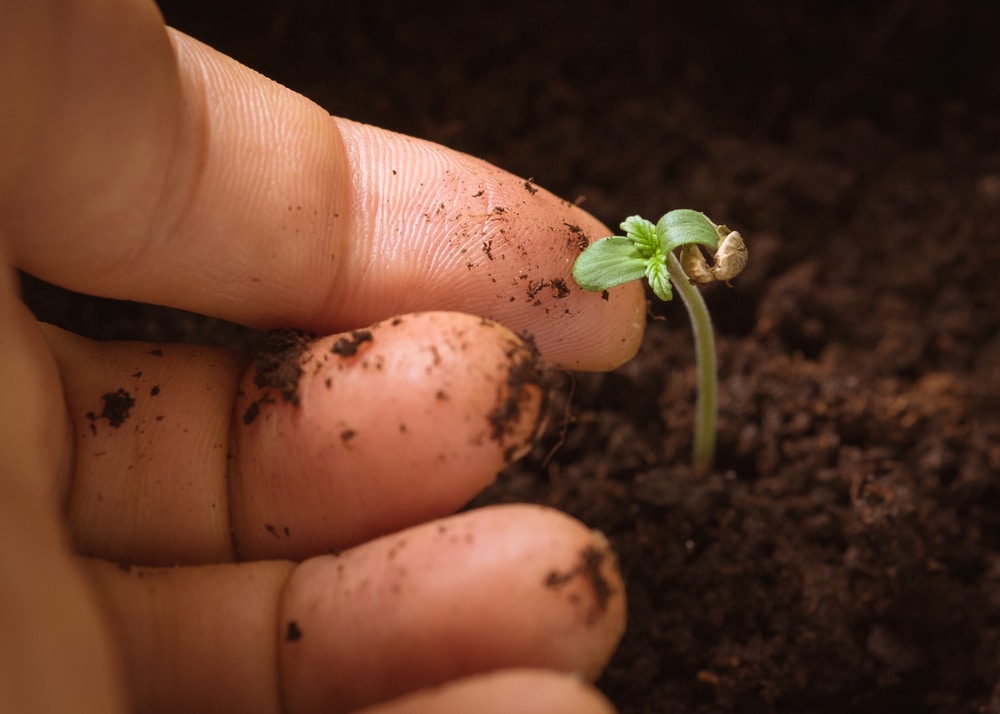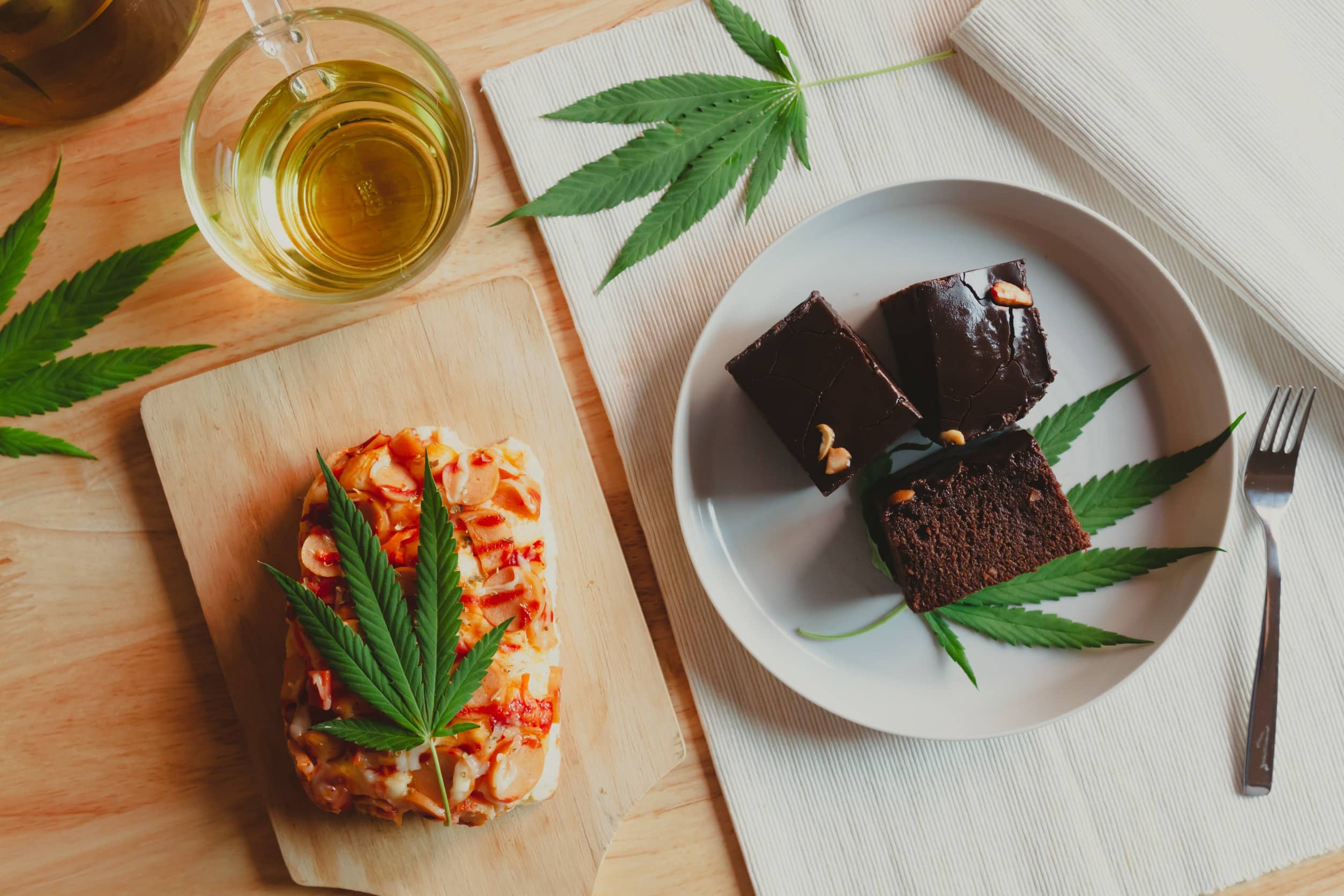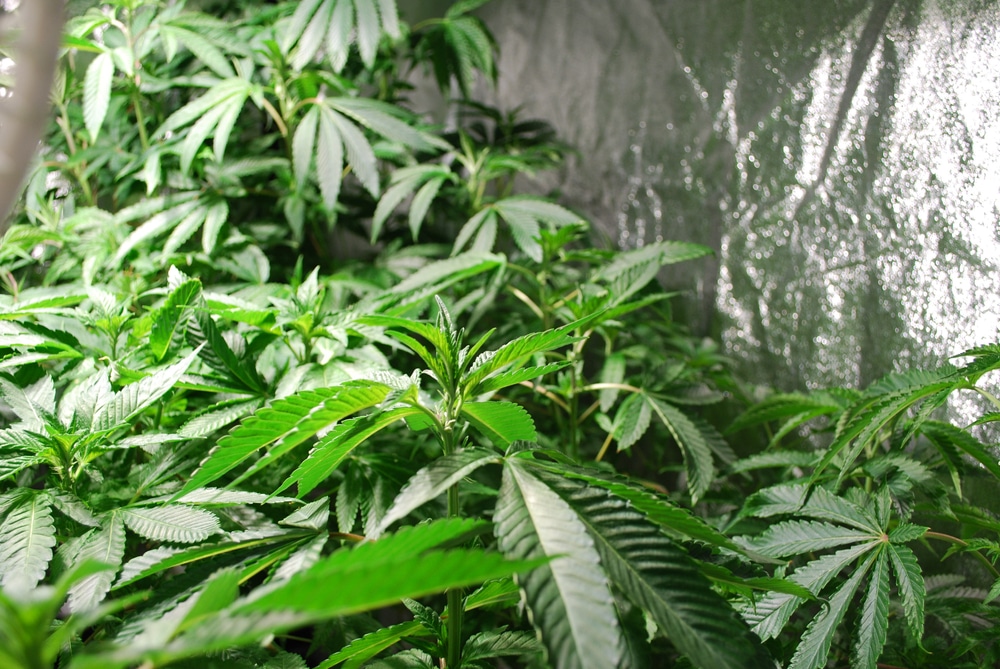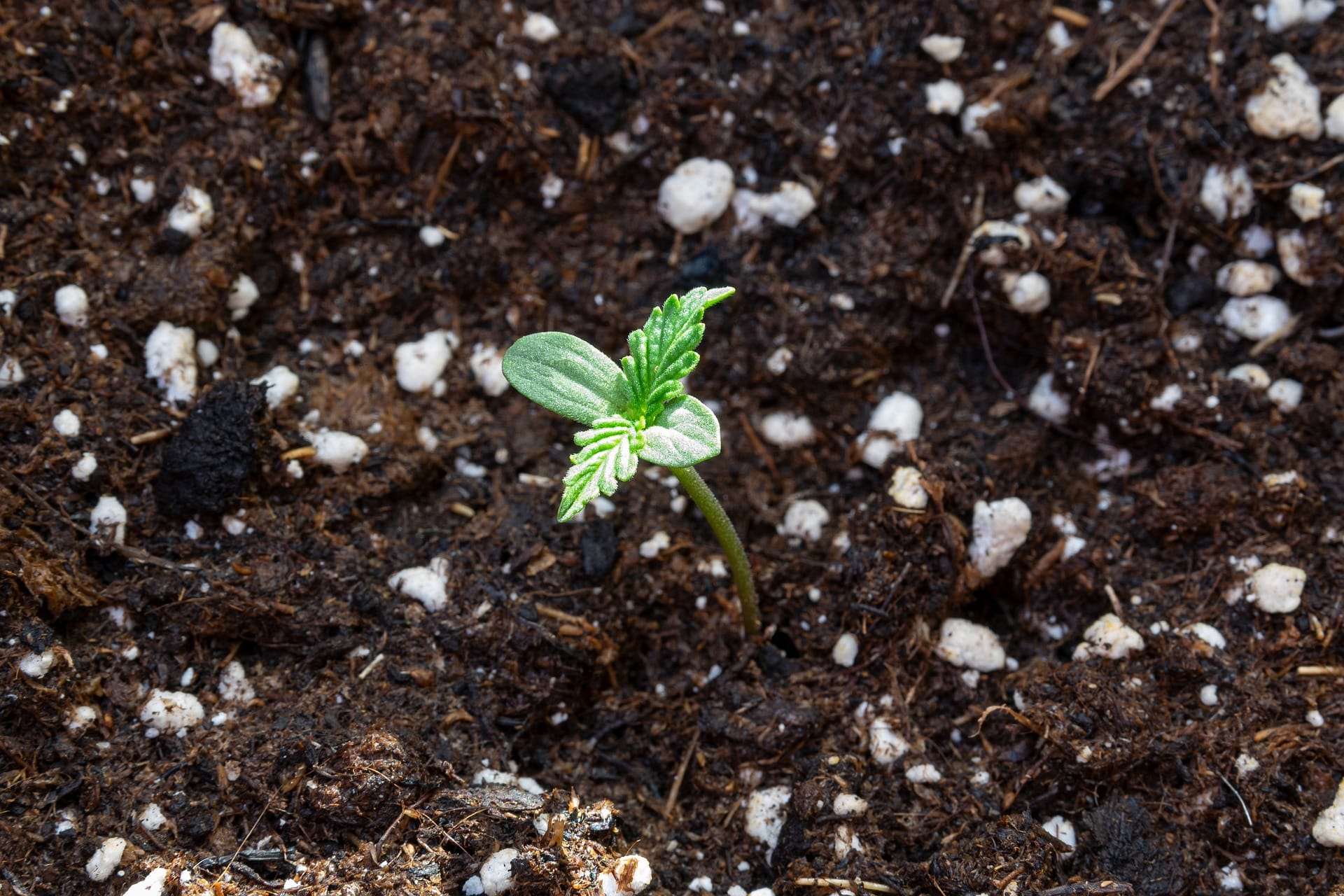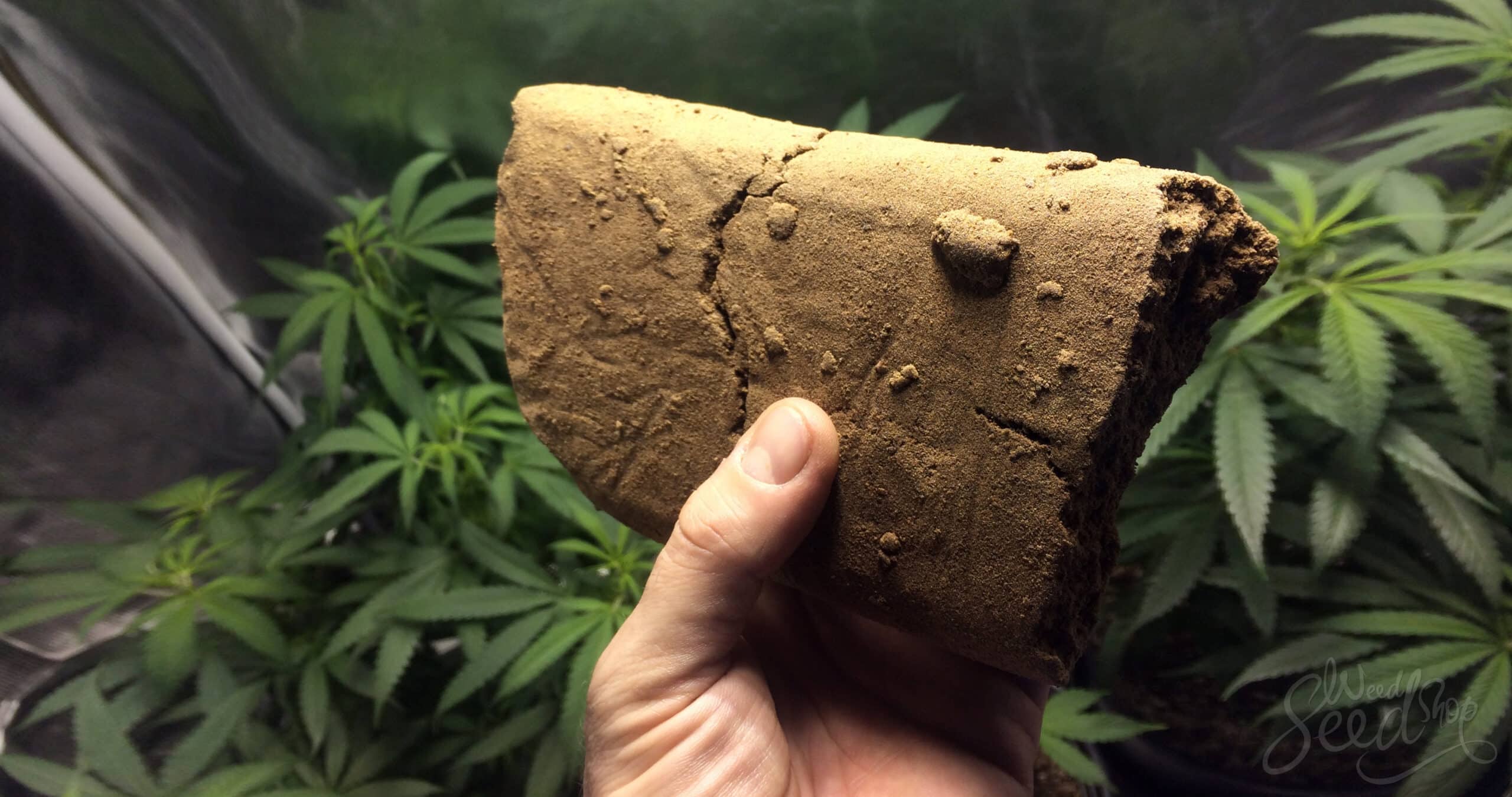No products in the cart.
Marijuana Education
Can You Put Seeds Straight Into Soil? A Planting Guide
Can you put seeds straight into soil? Many gardeners prefer to plant single cannabis seeds directly into soil, skipping the extra steps and equipment needed for seed-starting indoors. While some plants thrive when planted this way, others may struggle or fail altogether.
Imagine you receive a pack of seeds as a gift from a friend. Excitedly, you head outside with your shovel and begin digging holes in the ground to plant them. However, after a few weeks, nothing seems to be growing.
Was it the weather? Did you choose the wrong spot? Or was it simply that planting these particular seeds directly into soil wasn’t the best approach? Understanding when and how to plant seeds is crucial for successful gardening.
In this article, we explore whether it’s possible to put seeds straight into soil and what factors you should consider before doing so.
Key takeaways
- Planting seeds directly into soil can save time and effort, but may have a higher risk of seed failure.
- Some plants, such as cannabis, can be planted directly into soil.
- Understanding factors such as temperature, moisture levels, soil nutrients, pH levels, and soil texture is crucial for successful seed planting.
- When planting seeds directly into soil, it’s important to keep track of watering and ensure the area is free from weeds and pests.
Understanding seed-starting and why it’s recommended
It’s recommended you start your seeds indoors before transplanting them outside if you’re new to gardening. So, grab some soil and get ready to watch tiny sprouts emerge.
Seed-starting is important because it gives the plant a good head start in life. Starting from seed allows for more control over growing conditions, such as temperature, light, and moisture levels.
Seed-starting ensures the plant is healthy and free from diseases or pests. Seeds are less likely to be contaminated with harmful pathogens compared to soil or transplants. It’s a cost-effective way of starting your garden, since buying established plants can be expensive.
With this method, you can choose the varieties you want without worrying about availability at local nurseries or garden centers. Why not give seed-starting a try and enjoy watching your garden grow?
Factors to consider before planting seeds directly into soil
Before planting directly in soil, it’s important to take into account the environmental conditions, such as temperature and moisture levels, which can affect germination rates.
Did you know that only about 30% of seeds planted in soil actually grow into healthy plants? This is because there are several factors that need to be considered before planting seeds directly into soil.
One of the most important factors is the temperature of the soil. Seeds require a certain range for optimal germination, which varies depending on the plant species. For instance, some seeds may require warm soil temperatures, while others prefer cooler temperatures.
In addition, moisture levels play an important role in seed germination. If the soil is too dry or too wet, it can negatively impact the rate at which seeds sprout and grow. It’s crucial to ensure your soil has adequate moisture levels before planting your seeds into it.
| Factor | Importance |
| Soil Temperature | Seeds require specific ranges for optimal germination |
| Moisture Levels | Too much or too little can negatively impact seed growth |
| Soil Nutrients | Essential for plant growth and development |
| pH Level | Affects nutrient availability |
| Soil Texture | Can impact water retention and root development |
Types of seeds that can be planted directly into soil
Are you ready to plant your favorite vegetables and herbs directly into the soil? There are various types of seeds that can be planted straight into the soil without any prior preparation.
Here are some examples:
- Cannabis: These crops thrive when planted directly in the ground. Make sure to plant them in well-draining soil that receives at least six hours of sunlight each day.
- Squash: From zucchini to butternut squash, these plants can be grown from seed right in your garden bed. They prefer warm soil and plenty of space to spread out.
- Radishes: These fast-growing root vegetables require minimal effort and grow well in cooler weather. Plant them directly in the ground for a quick harvest.
When planting seeds directly into the soil, it’s important to keep track of watering and ensure that the area is free from weeds and pests. With proper care, you’ll soon have a bountiful garden full of fresh produce!
Steps to planting seeds directly into soil
Consider whether you should soak seeds before planting. Choose the perfect spot in your garden that receives enough sunlight and has well-draining soil, so your plants can thrive and produce an abundance of delicious vegetables and herbs.
Once you have found the ideal location, prepare the soil by removing weeds, rocks, and debris. Loosen the soil with a rake or hoe, making sure it’s light and crumbly.
Next, dig small holes in the soil using a trowel or your finger. The depth of each hole should be twice as deep as the seed’s size. Gently place one seed into each hole and cover it with soil.
Water thoroughly but gently to prevent washing away the seeds or disturbing their placement in the soil. Keep the soil moist but not water-logged until germination occurs, which usually takes 7–14 days depending on the type of seed planted.
With these simple steps, you can successfully plant seeds directly into your garden bed for a bountiful harvest of fresh produce!
Pros and cons of planting seeds directly into soil
When considering planting seeds directly into soil, there are both pros and cons to keep in mind.
On the one hand, this method can save time and effort as you don’t have to worry about transplanting seedlings. However, it can also increase the risk of failure due to factors such as poor soil quality or unfavorable weather conditions.
Ultimately, whether or not to plant seeds directly into soil will depend on your specific situation and goals for your garden.
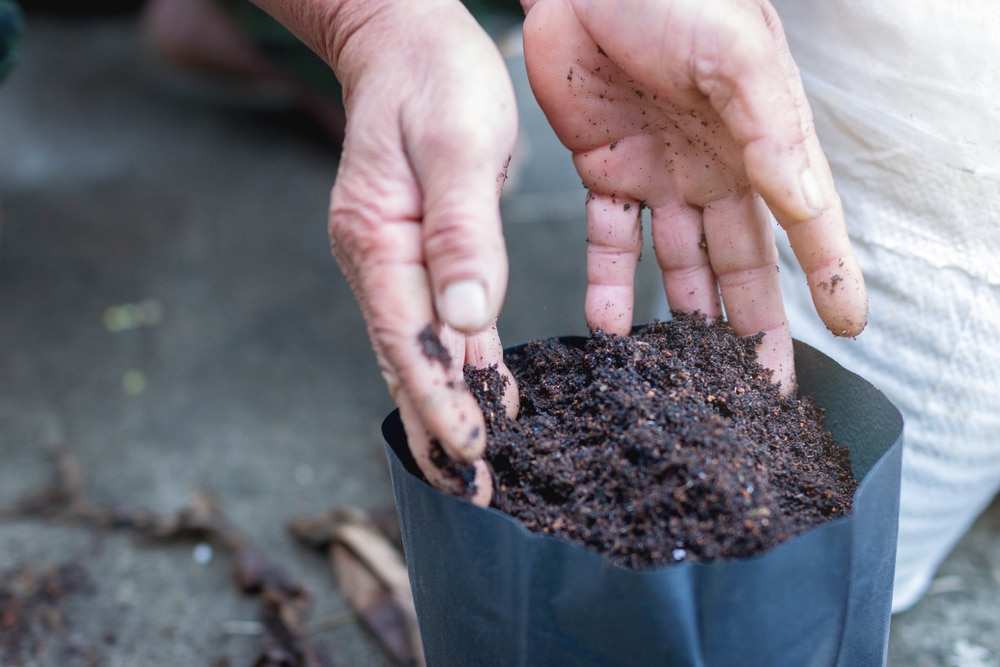
- #image_title
Pros
One advantage of planting seeds straight into soil is that it saves time and effort in starting seedlings indoors.
For instance, a busy urban gardener with limited space can simply sow seeds directly into the ground without having to worry about transplanting them later on. They only need to worry about specifics, like how many nodes appear before flowering.
This method also eliminates the need for hardening off, which is the process of gradually acclimating indoor-grown seedlings to outdoor conditions before planting them in the garden.
Below is a table that compares starting seeds indoors versus sowing them directly into soil:
| Starting Seeds Indoors | Sowing Seeds Directly into Soil |
| Requires equipment such as grow lights and trays | No equipment needed |
| Seedlings require regular monitoring and care | Plants are more self-sufficient once established |
Furthermore, planting seeds directly into soil can result in stronger root systems, as they’re able to grow unimpeded by containers or transplant shock. The plants also have immediate access to natural sunlight and nutrients from the surrounding soil.
Overall, sowing seeds directly into soil may be a convenient and effective option for those looking to save time and resources while still achieving a successful garden harvest.
Cons
One major concern when planting directly in soil is that there may be a higher risk of seed failure due to issues such as poor soil quality or improper watering. Without proper soil preparation and testing, your seeds may struggle to grow or fail altogether.
Additionally, if you don’t water your seeds properly after planting, they may dry out and die before they even have a chance to germinate.
It’s essential to carefully assess the conditions of your soil and make sure you provide enough moisture for your plants’ needs if you choose to plant your seeds directly in the ground.
Frequently asked questions
What is the success rate of planting seeds directly into soil?
Planting seeds directly into soil can have varying success rates depending on the type of seed, soil conditions, and climate. Proper preparation, such as loosening the soil and ensuring adequate moisture levels, can increase your chances of success.
Can all types of seeds be planted directly into soil?
Not all types of seeds can be planted directly into soil. Some require pre-treatment or specific growing conditions to germinate successfully. Research the requirements for your specific seed before planting to increase your chances of success.
Is it necessary to use fertilizer when planting seeds directly into soil?
If you want your seeds to grow well, it’s best to use fertilizer when planting directly into soil. They will provide nutrients that support growth and development. Without them, your plants may struggle to reach their full potential.
How long does it take for seeds to germinate when planted directly into soil?
Seeds planted directly into soil can take anywhere from a few days to several weeks to germinate, depending on the type of seed and environmental conditions. Keep the soil moist and warm for optimal germination.
How often should I water seeds when planted directly into soil?
Water seeds planted directly into soil once a day or as needed to keep the soil moist, but not water-logged. Monitor the moisture level by touching the top layer of soil. Avoid overwatering, as it can cause rot or fungal growth.
Conclusion
Congratulations! You’ve learned that planting seeds directly into soil can be an effective and efficient way to start your garden. However, before you go ahead and start sowing away, it’s important to understand the factors that affect seed germination and growth.
Remember, not all seeds are created equal. Some varieties thrive when started indoors, while others prefer to be planted directly into soil. Make sure to research the specific needs of each strain before deciding on your planting method.
If you’re looking for a hands-on approach to gardening and want to skip the tedious process of starting seeds indoors, then planting directly into soil may be the perfect option for you. Note the factors that affect seed germination and choose your seeds wisely.
With a little patience and care, you’ll soon have a thriving garden right in your backyard; it’s like having your own personal paradise!


